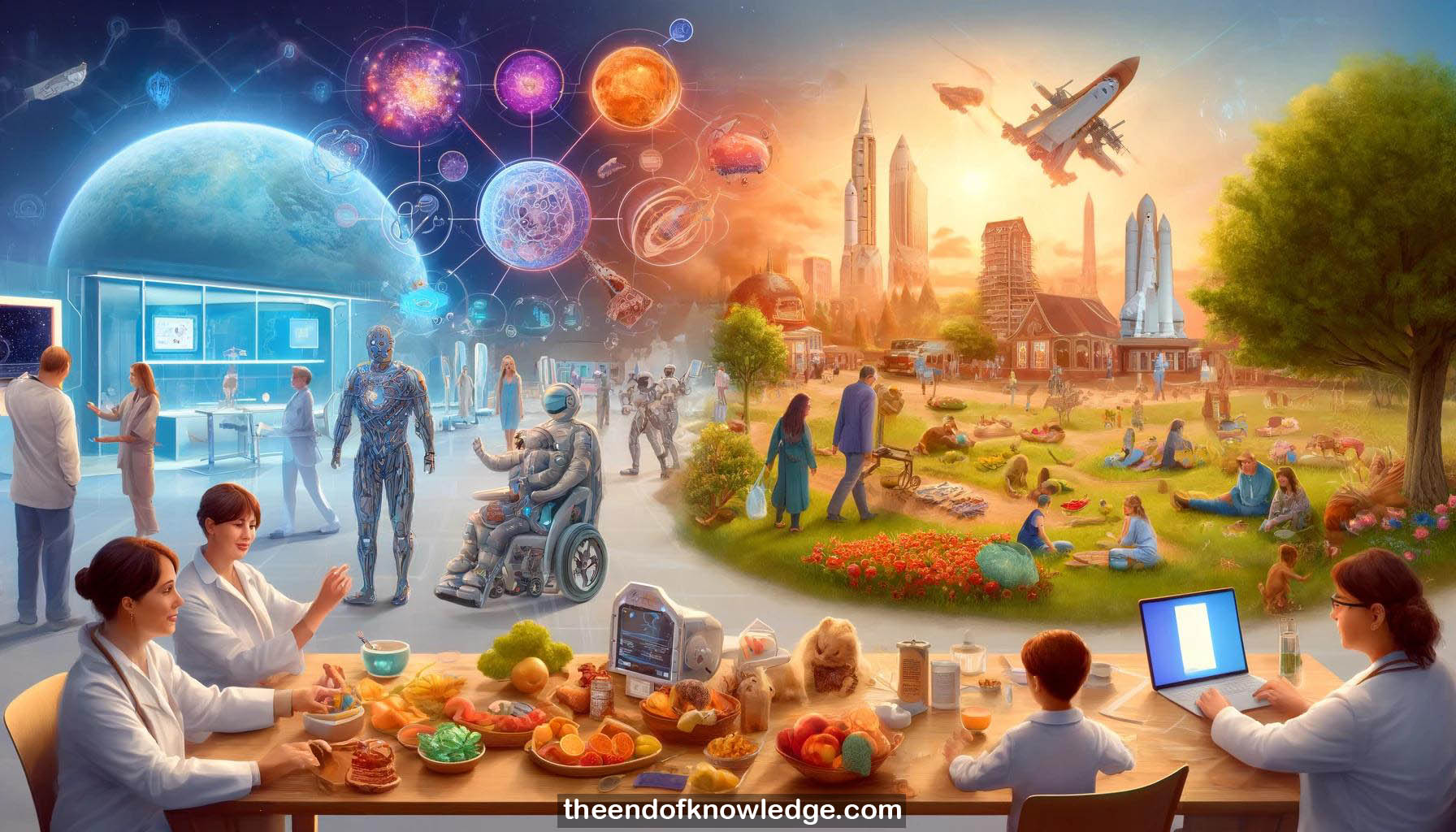 >
>
Concept Graph & Resume using Claude 3 Opus | Chat GPT4o | Llama 3:
Resume:
1.- Mariana Obrist is a professor studying multi-sensory interfaces at University College London, focusing on touch, taste and smell as novel interaction modalities.
2.- Carlos Velasco is an associate professor at BI Norwegian Business School studying multi-sensory experiences at the intersection of psychology, marketing and HCI.
3.- A key challenge is collecting quality data on multi-sensory experiences that preserves the subjectiveness and doesn't lose meaning through predictive models.
4.- Mariana and Carlos recently released a book called "Multi-sensory Experiences: Where the Senses Meet Technology" defining and exploring the topic.
5.- AI can augment human senses and experiences in both positive and negative ways. Responsible development considering broader perspectives is important.
6.- Potential applications include personalized experiences in healthcare for students, the elderly, or those isolated to increase quality of life and well-being.
7.- Food is a key area where AI can integrate data across the senses to understand and tweak multi-sensory eating experiences.
8.- In space travel, AI could learn individual food preferences over time to personalize meals and provide comforting "memory bites" of Earth.
9.- Challenges include getting representative data across diverse populations, combining quantitative stimulus data with qualitative experience data, and centering the human perspective.
10.- Studying written descriptions of experiences in books and articles using NLP can provide insights on how we conceptualize aspects of human experience.
11.- For the entertainment industry, integrating additional senses like smell and taste into movies has been a long-time vision with technical challenges.
12.- 4DX cinema is making progress in meaningfully integrating wind, temperature and other sensations, but still lacks personalization to individual perceptual differences.
13.- A key question is the philosophical debate on what constitutes "real" experiences versus prefabricated ones, especially as technology can increasingly hack perception.
14.- Multi-sensory experiences already alter our perception of reality to some degree. The key ethical question is around the intentions behind created experiences.
15.- AI enables faster creation of multi-sensory virtual reality experiences, but careful consideration is needed around data sources, intentions, and setting limits.
16.- Potential risks include security vulnerabilities allowing experiences to be maliciously altered, as well as AI propagating biases from non-representative data.
17.- Sensory AI could potentially encourage healthy and eco-friendly lifestyle choices by engaging multiple senses, similar to fitness trackers for physical health.
18.- An example use case is analyzing monuments worldwide to identify features evoking peace, to inform design of monuments supporting reconciliation in post-conflict Colombia.
19.- Multi-sensory AI also has opportunities for accessibility, such as conveying visual information to the blind through touch and smell for enhanced learning.
20.- While there are many opportunities, multi-sensory experiences don't need to be applied to everything - thoughtful design considering meaning and value is important.
Knowledge Vault built byDavid Vivancos 2024